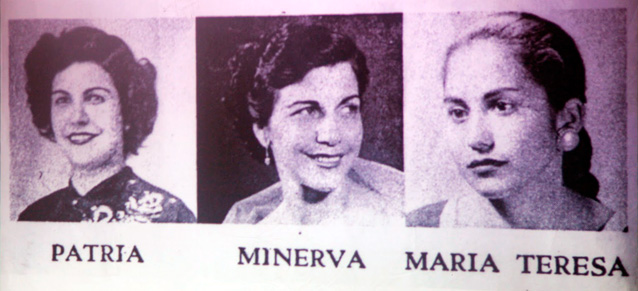Ever since their assassinations, the Mirabal Sisters have become the “symbols of popular and feminist resistance.” The Dominican sisters got involved in clandestine activities against the dictatorship of Rafael Trujillo (The Chief). The three of them, Patria Mercedes Mirabal Reyes, María Argentina Minerva Mirabal Reyes, and Antonia María Teresa Mirabal Reyes, were assassinated on the 25t November 1960.
These three sisters, also known as “Las Mariposas” (“The Butterflies”), had another sister, Dede Mirabal. They were born in a family of farmers and grew up in a middle-class environment, raised by their parents. They were all bright women who fairly took their piece of education at a time when it wasn’t affordable for women. Except for Dede, the other three (the assassinated) earned college degrees. She remained at home, taking care of the household.
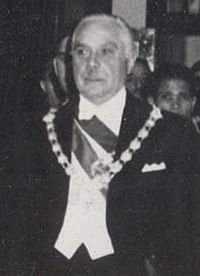
The oldest sister, Patria, was born in 1924. When she was 14, her parents sent her to a Catholic boarding school, Colegio Inmaculada Concepción in La Vega. Three years later, she left the school to marry a farmer, Pedro Gonzales, who later aided and supported her in challenging the Trujillo regime. Patria said, “We cannot allow our children to grow up in this corrupt and tyrannical regime. We have to fight against it, and I am willing to give up everything, even my life if necessary.” – “Mirabal Sisters History,” “Mirabal Sisters Cultural and Community Center,” 7th March 2016.
Minerva was the third daughter of the Reyes, born in 1926. When she was twelve, she went to the Colegio Inmaculada Concepción with her sister Patria. After the graduation, Minerva got enrolled at the University of Santo Domingo where she studied law. In 1949, she was denied her license to practice law because she had declined the romantic advances of The Chief. When President Trujillo asked Minerva, “What if I send my subjects to conquer you?”, she responded, “And what if I conquer your subjects?”
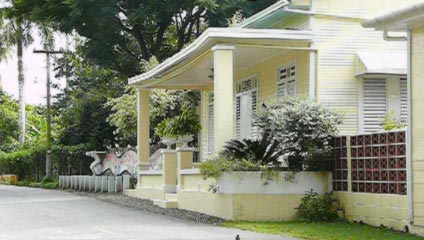
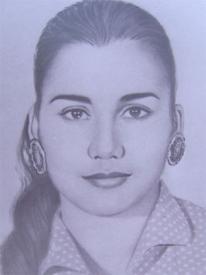
She met her husband, Manuel Tavarez Justo, at university and later he supported and helped her in the fight against the regime. Minerva was the most active and radical among her sisters, and she was the first one opposing Trujillo. Her sisters joined her after they’ve witnessed his tyranny and the number of deaths caused by his regime.
On multiple occasions, Trujillo gave orders for the arrest and harassment of Minerva. She said, “It is a source of happiness to do whatever can be done for our country that suffers so many anguishes. It is sad to stay with arms crossed.” – “Mirabal Sisters History,” “Mirabal Sisters Cultural and Community Center,” 7th March 2016.
María Teresa was the youngest sister, born in 1935. Just like her sisters, she also attended the Colegio Inmaculada Concepción and graduated from the Liceo de San Francisco de Macorís in 1954. Later, Maria Teresa enrolled at the University of Santo Domingo where she studied mathematics. When she completed her education, the youngest butterfly married Leandro Guzman. Maria Teresa always admired her sister Minerva and started to share her political comportment passionately.

She also didn’t manage to escape Trujillo’s direct orders for her arrest and harassment. She once said, “Perhaps what we have most near is death, but that idea does not frighten me. We shall continue to fight for that which is just.” – “Mirabal Sisters History,” “Mirabal Sisters Cultural and Community Center,” 7th March 2016.
Minerva was influenced by her uncle when she got involved in the political movement against Trujillo, the dictator who ruled the Dominican Republic from 1930 until his assassination in May 1961. Maria Teresa was the first to join her sister in her activities, and later Patria also got involved, after witnessing a massacre by some of Trujillo’s men while on a religious retreat. Their sister Dede didn’t join them, not only because she didn’t share their comportment, but mostly because of her husband, Jaimito, who was against the idea.
So the three sisters established the group known as the “Movement of the Fourteenth of June,” named after the date of the massacre which Patria witnessed. The primary goal of the group was to oppose the Trujillo regime.
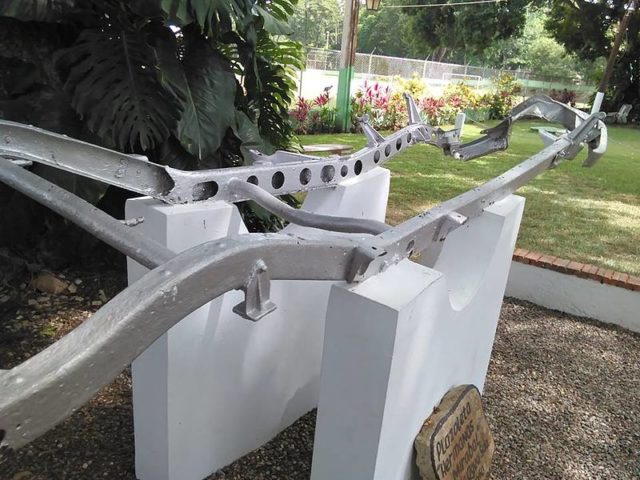
Their activities included distributing pamphlets which contained the names of the people killed by Trujillo and also obtaining materials for constructing guns and bombs in case of an open revolt. The sisters adopted the name “Las Mariposas,” which was Minerva’s underground name, and that’s how they called themselves.
Although they were arrested, Maria Teresa and Minerva weren’t tortured, thanks to the growing international opposition to Trujillo and his regime. All three sisters’ husbands who were also part of the group “Movement of the Fourteenth of June” were incarcerated at La Victoria Penitentiary in Santo Domingo. When Trujillo’s actions got condemned by the Organization of American States in 1960, Maria Teresa and Minerva were released, but their husbands remained in jail.
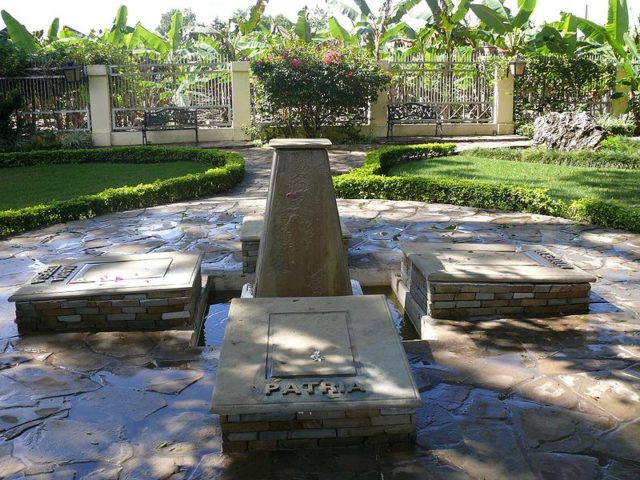
So, on the 25th of November 1960, the butterflies went to the prison to visit their husbands along with their driver, Rufino de la Cruz. After the visit, on their way home, they were stopped by henchmen sent by Trujillo. Patria, Minerva, Maria Teresa, and de la Cruz were clubbed to death. Their bodies were gathered back in their Jeep, which was run off the mountain road so that their deaths would look like an accident.
Six months later, when Trujilloassassinatedsined, Genral Pupo Roman finally admited that the sisters were killed and pointed to the people who did it. They were all member of Trujillo’s secret police force, Emilio Estrada Malleta, Alfonso Cruz Valeria, Ramon Emilio Rojas, Ciriaco de la Rosa, and The Chief’s right-hand man, Victor Alicinio Peña Rivera.
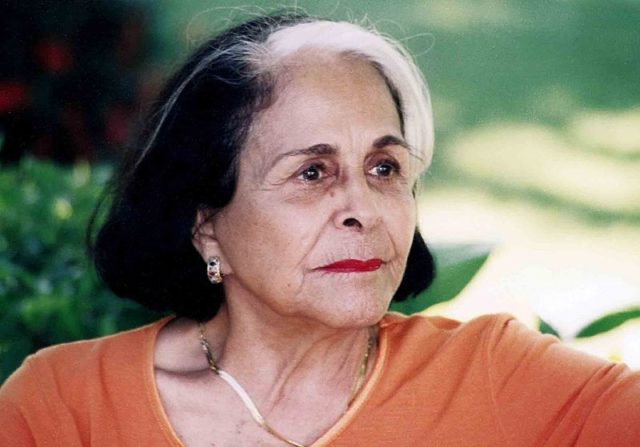
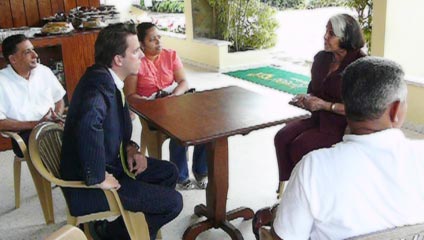
In 1999, the United Nations General Assembly designated 25th November as the International Day for the Elimination of Violence against Women, in honour of the sisters.
On a remembrance website for the butterflies, “Learn to Question”, the author writes, “No matter how many times Trujillo jailed them, no matter how much of their property and possessions he seized, Minerva, Patria and María Teresa refused to give up on their mission to restore democracy and civil liberties to the island nation.”
